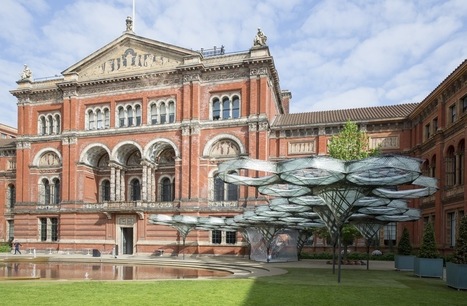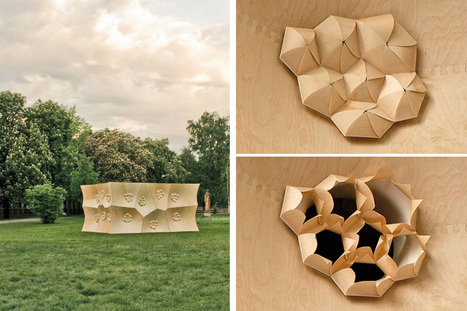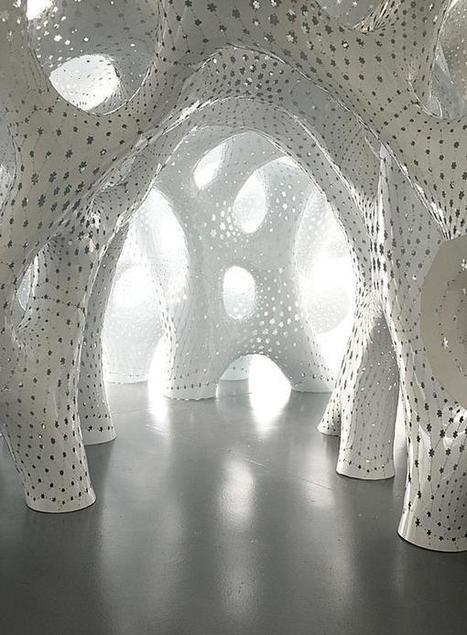“An elytron is very delicate and super lightweight, because after all, the beetle still needs to fly,” says Achim Menges, an architect and professor at the University of Stuttgart. “At the same time it’s very robust and exceptionally high performance.”
It was these elytra, the fibrous structures in the forewing shells of flying beetles, that inspired the Elytra Filament Pavilion.
Research and publish the best content.
Get Started for FREE
Sign up with Facebook Sign up with X
I don't have a Facebook or a X account
Already have an account: Login
 Your new post is loading... Your new post is loading...
 Your new post is loading... Your new post is loading...
|
|















